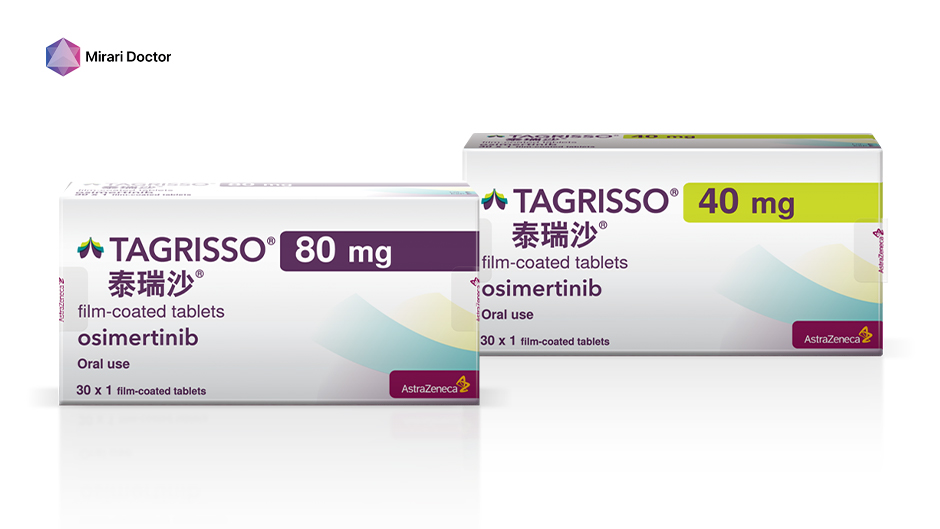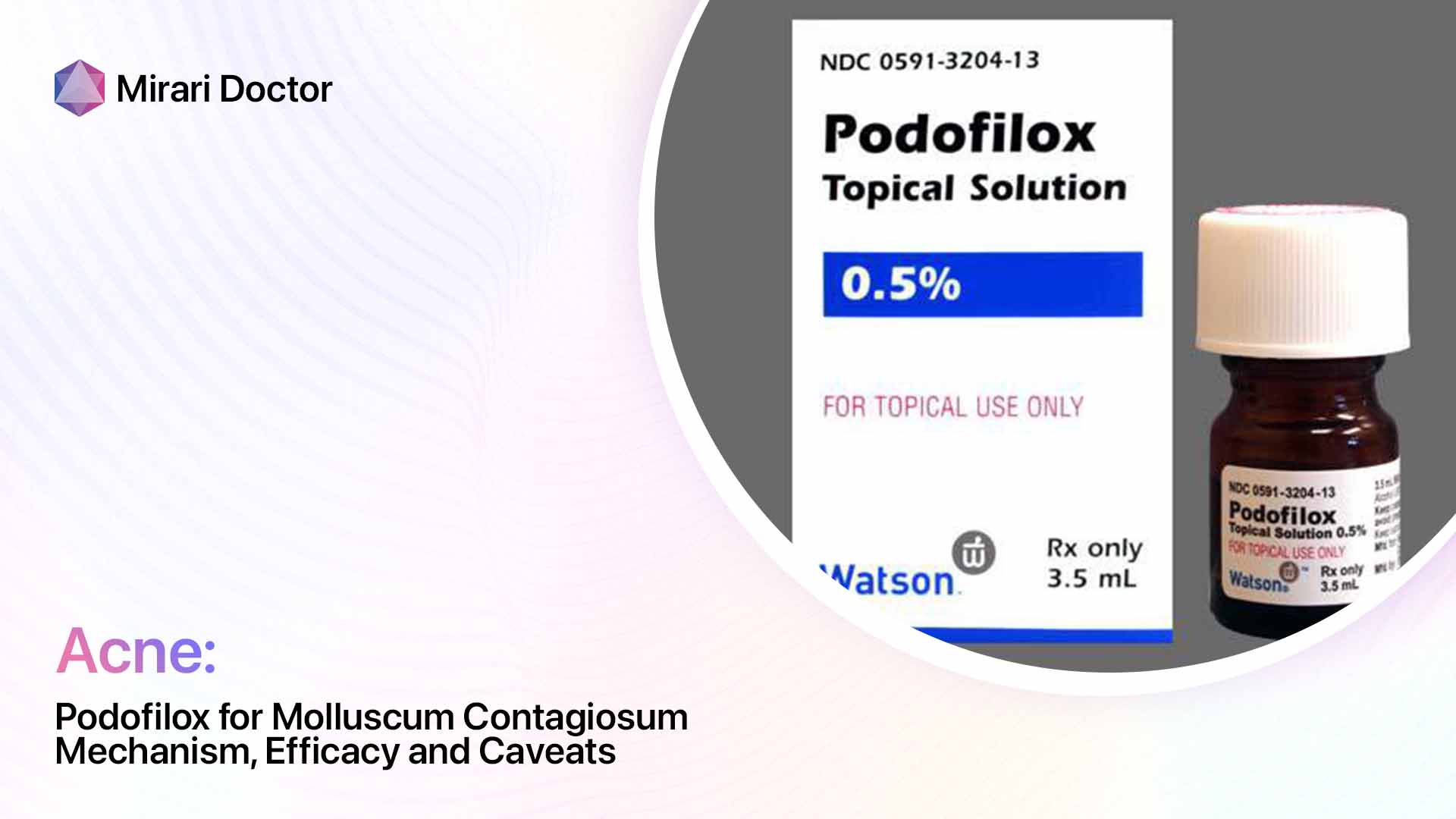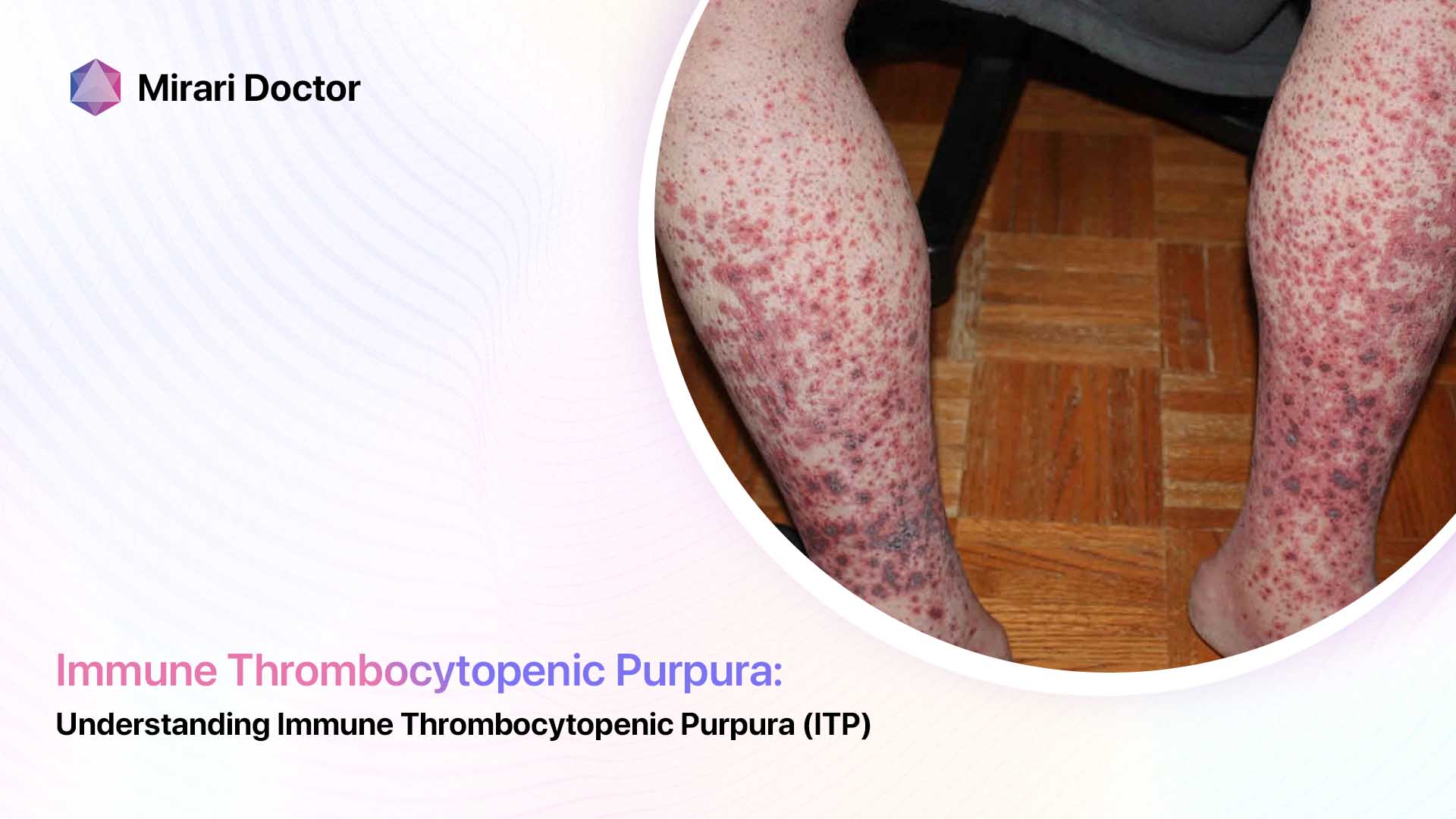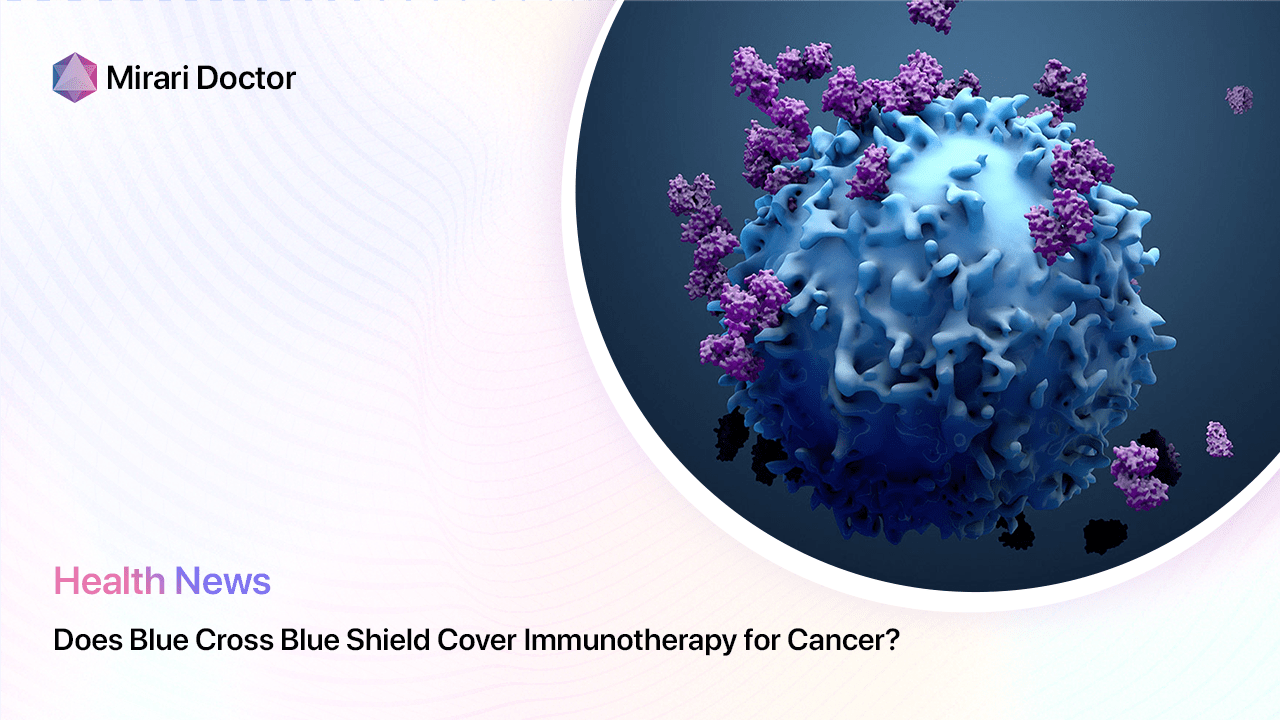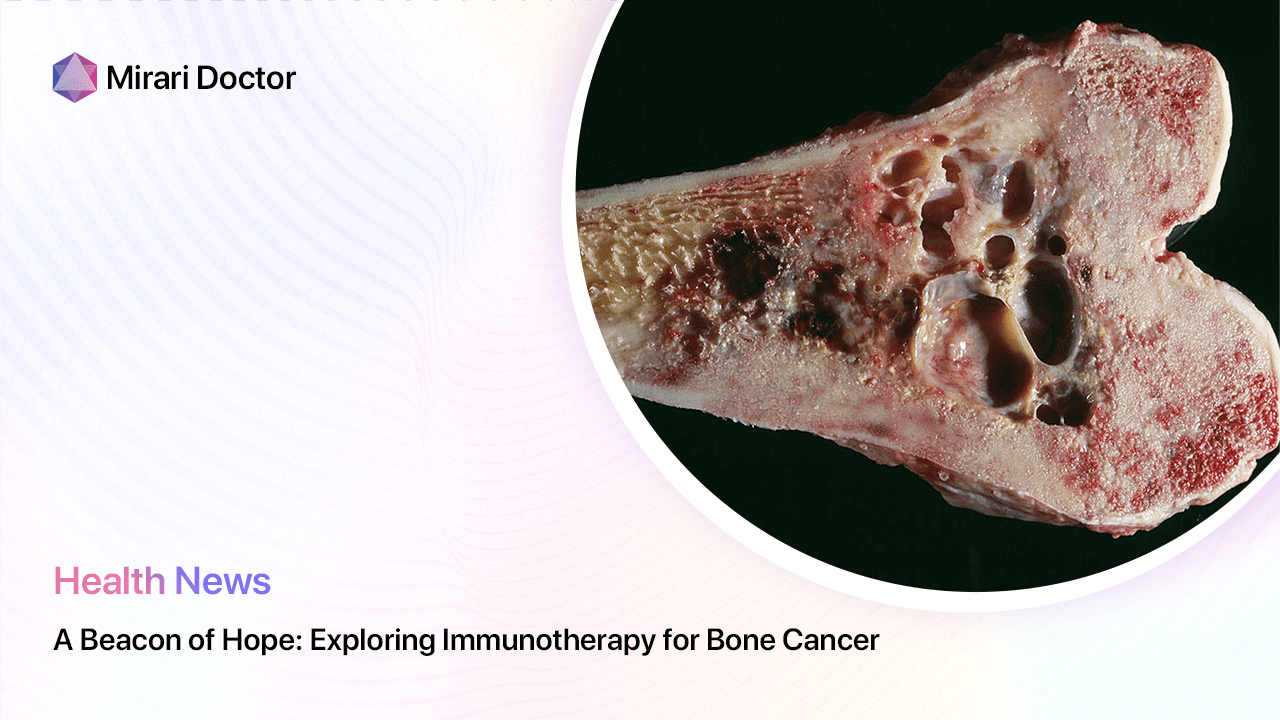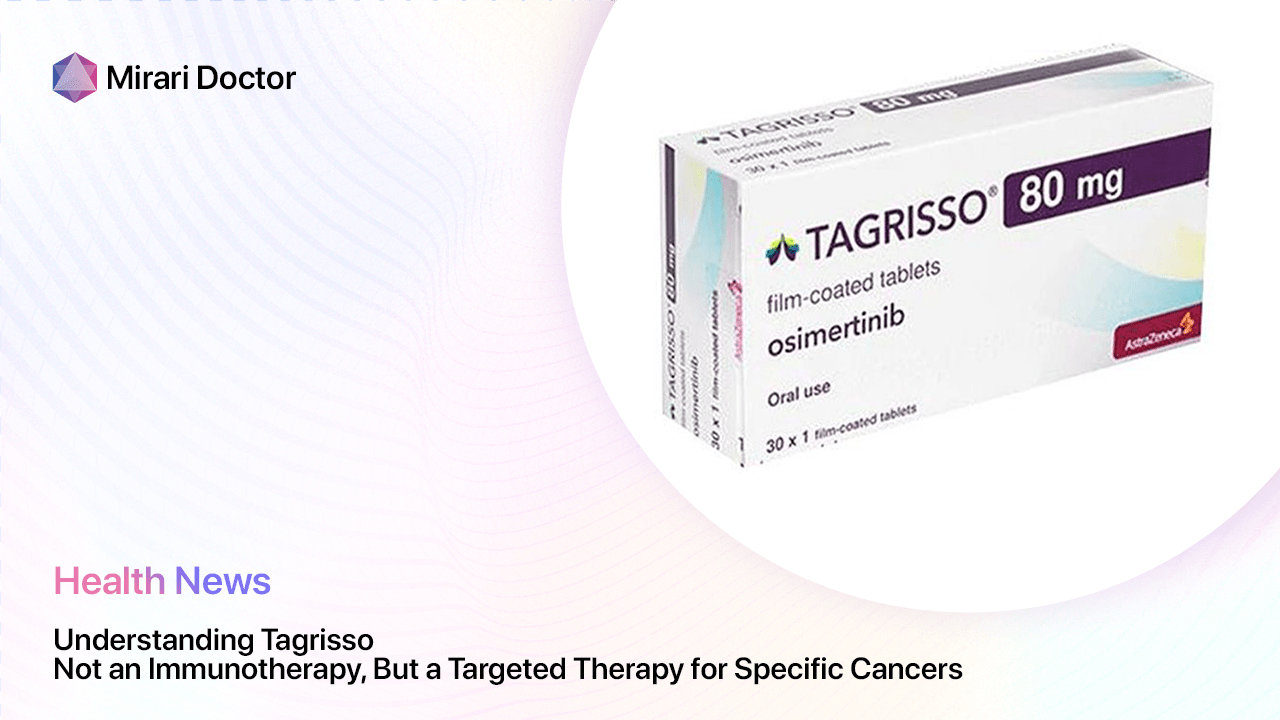
Tagrisso® (osimertinib) has emerged as a crucial medication used in the treatment of specific types of lung cancer. However, it’s important to understand that Tagrisso is not an immunotherapy. Rather, it belongs to a category of cancer treatments known as targeted therapies, specially designed for patients with epidermal growth factor receptor (EGFR)-positive non-small cell lung cancer (NSCLC).
Demystifying Cancer Treatment Options
Unveiling the Landscape
Cancer treatment encompasses various approaches, including chemotherapy, immunotherapy, and targeted therapy, each with distinct mechanisms of action. As oncologists gain deeper understanding of the biological mechanisms underlying cancer, more tailored therapeutic strategies are emerging.
“Cancer treatment encompasses various approaches, including chemotherapy, immunotherapy, and targeted therapy, each with distinct mechanisms of action.” (American Cancer Society)
Focusing on Targeted Therapy
Targeted therapies focus on specific molecular alterations or mutations within cancer cells, aiming to disrupt their growth signaling or survival. They act like precision weapons, targeting specific vulnerabilities within cancer cells, offering a more tailored approach compared to traditional chemotherapy.
“Targeted therapies act like precision weapons, targeting specific vulnerabilities within cancer cells, offering a more tailored approach compared to traditional chemotherapy.” (Journal of Clinical Oncology)
Tagrisso: A Targeted Therapy for Specific NSCLC
Tagrisso is specifically designed for EGFR-positive NSCLC, targeting a specific mutation (epidermal growth factor receptor) found in these cancer cells. By inhibiting EGFR, Tagrisso can potentially shrink tumors and prolong survival in patients harboring activating EGFR mutations.
“Tagrisso plays a crucial role in treating EGFR-positive NSCLC, potentially shrinking tumors and improving patient outcomes.” (New England Journal of Medicine)
Key Considerations for Patients
Not a One-Size-Fits-All Solution
It’s vital to emphasize that Tagrisso is not suitable for all lung cancer cases. It is specifically indicated for advanced or metastatic EGFR mutation-positive non-small cell lung cancer. Accurate molecular testing is essential to identify patients most likely to benefit.
Takeaway: Consulting an oncologist for diagnosis and personalized treatment recommendations is crucial.
Potential Side Effects
Like other cancer medications, Tagrisso can cause side effects, which vary depending on the individual. These may include diarrhea, rash, dry skin, and nail toxicity.
Takeaway: Discuss potential side effects and their management with your healthcare team.
FAQs
What is the difference between immunotherapy and targeted therapy?
Immunotherapy activates the body’s immune system to attack cancer cells, while targeted therapy uses medication to directly target specific molecular alterations within cancer cells.
What are the other treatment options available for NSCLC?
Other options may include surgery, radiation therapy, chemotherapy, or clinical trials. Consult your oncologist for personalized recommendations.
How do I know if Tagrisso is right for me?
Molecular testing for EGFR mutations can help determine if your cancer may respond to Tagrisso. Discuss testing options with your healthcare team.
Can Tagrisso be combined with other treatments?
In some cases, yes. Combinations with chemotherapy or other targeted therapies may be options. Discuss potential combinations with your oncologist.
What are the long-term effects of taking Tagrisso?
Research on potential long-term effects is still ongoing. Consult your oncology team to understand risks and benefits specific to your cancer case.
Key Takeaways
- Tagrisso (osimertinib) is a targeted therapy, not an immunotherapy
- It specifically treats EGFR-positive non-small cell lung cancer
- Accurate molecular testing guides personalized treatment
- Consult a cancer specialist for diagnosis and treatment recommendations
- Discuss potential side effects and their management with your oncologist
References
- American Cancer Society. Understanding Cancer Treatments. Accessed March 2023.
- Hashemi-Sadraei N, et al. Journal of Clinical Oncology. 2022.
- Soria JC, et al. New England Journal of Medicine. 2018.
Related articles
Made in USA


